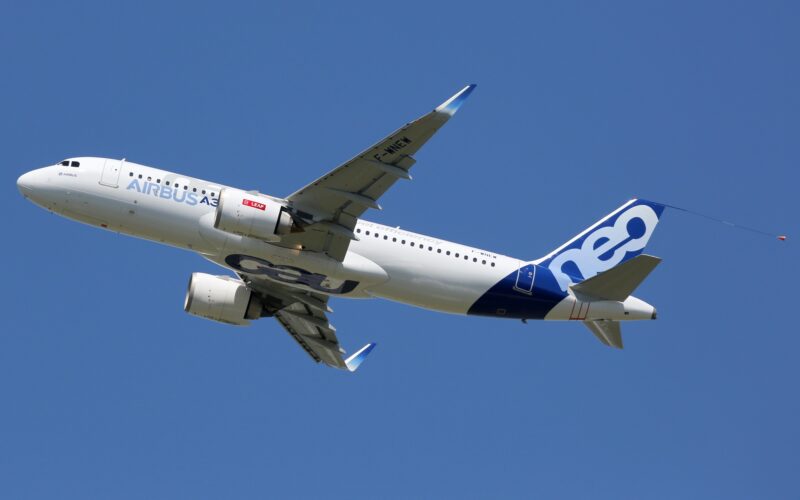EASA’s Initiative to Address Potential Fuel Tank Ignition on Airbus A320 Aircraft

The European Union Aviation Safety Agency (EASA) issued an Airworthiness Directive (AD) that looks into a potential ignition source in the fuel tanks of all Airbus A320 family aircraft.
According to EASA, multiple failures of type 8410 fuel pumps with the part number (P/N) 568-1-27202-005 have been reported. Subsequent investigations revealed that the pump failed “due to one of the two screws and nuts holding the gas return connector to the top of the motor housing becoming unscrewed”.
“This condition, if not detected and mitigated, could lead to be the source of an in-tank ignition, affecting the integrity of the aeroplane structure and systems,” continued the agency.
The pump failure reports resulted in three subsequent ADs, which were all superseded by the latest directive, published on May 25, 2023, requiring operators to replace faulty fuel pumps on their A320 family aircraft following inspections.
EASA defined the two different pumps as pump A (P/N 568-1-27202-001, P/N 568-1-27202-002 or P/N 568- 1-27202-005) or pump B (P/N 568-1-27202-02R). The unsafe conditions related to pump A were addressed in three prior directives. Now, the unsafe condition of pump B is also being addressed by the safety regulator.
To address the condition, airlines flying the Airbus A320 family aircraft will have to inspect pump B. Group 1 aircraft (the A319s and A320s without the A321’s center fuel transfer system and all A318s) require an inspection of pump B in the center fuel tank at locations FIN 37QA and 38QA, per the instructions of the Airbus Alert Operator Transmission (AOT) A28N010-22-00R1.
Group 2 aircraft, meaning the A319s and A320s with the A321’s center fuel transfer system, and all A321s, require inspections of pump B in the wing fuel tank’s FIN 21QA, 22QA, 25QA, and 26QA following the instructions of the AOT.
If operators find any discrepancies, they are required to replace that fuel pump before the next flight. Otherwise, airlines have to replace pump B in the aforementioned locations within 4,000 flight hours (FH) following an inspection.
Finally, EASA has prohibited airlines flying the Airbus A320 aircraft family to install pump B in any of the locations in the center fuel tank or wing fuel tank.
The AD affects all Airbus A320ceo and A320neo aircraft, ranging from the A318 to the A321neo, and is effective from June 8, 2023. EASA stated that this is an interim AD and that further action could follow at a later date.
